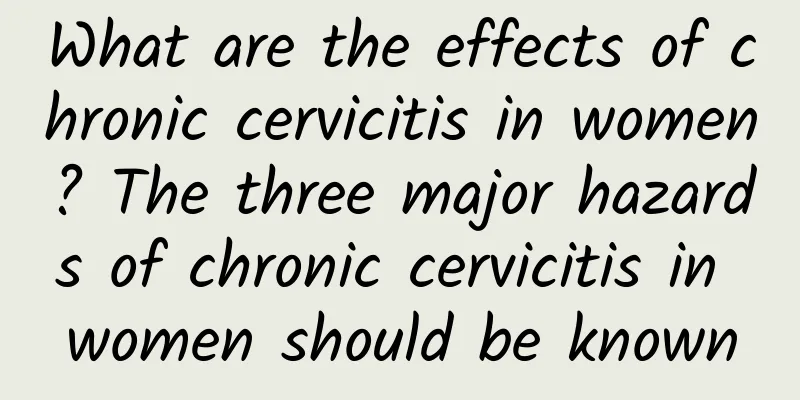Women are prone to pelvic effusion

|
When it comes to pelvic effusion, many friends actually don't know much about it. They only know that it is a gynecological disease. In fact, the occurrence of this disease has a great impact on our lives and physical health. So, does pelvic effusion only occur in married women? Who is prone to the disease? Pelvic effusion is not only suffered by married women. Pelvic effusion can be divided into physiological and pathological. Physiological pelvic effusion is that some normal women will have a small amount of blood accumulated in the pelvic cavity during menstruation or ovulation, forming pelvic effusion. Such pelvic effusion is sometimes a good thing, which proves that the woman's fallopian tube is unobstructed and there is exudation in the fallopian tube. If the umbrella end is unobstructed, a small amount of exudate will flow into the pelvic cavity, thus forming pelvic effusion. This shows that mature women may also suffer from pelvic effusion. Pathological pelvic effusion is mostly caused by pelvic inflammatory disease, adnexitis or endometriosis. The causes of pelvic inflammatory disease and adnexitis are mostly related to the patient's bad hygiene habits, such as having sex during menstruation, within one month after delivery, taking a bath within one month after gynecological surgery, etc. Medical-induced infection caused by improper disinfection of artificial abortion and induced labor can also cause pelvic effusion. If there are chronic infection lesions, it may be inflammation in the pelvic cavity of the gynecological system such as the ovaries and fallopian tubes, causing pelvic effusion. It may also be caused by tuberculosis or tumors. A few cases are caused by ruptured ectopic pregnancy, corpus luteum rupture, pelvic abscess, chocolate cyst, and ovarian cancer. A very small number of pelvic effusions are caused by tuberculosis. Therefore, women who are prone to pelvic effusion are those who do not pay attention to hygiene during menstruation, have inflammation of adjacent organs, are postpartum and have had miscarriages, have undergone gynecological surgery, etc. These types of people need to pay more attention and take preventive measures in daily life to reduce the incidence rate. The above is an introduction to the population suffering from pelvic effusion. Whether they are in the high-risk population or the general public, they must take preventive measures for gynecological diseases, pay attention to personal hygiene, and reduce the chance of developing pelvic effusion. |
<<: Treatment costs for ovulatory bleeding
>>: What are the causes of pelvic effusion in women?
Recommend
The main reasons for dysmenorrhea in life
Dysmenorrhea occurs before and after a woman'...
Drinking ice water in summer to cool down and lose weight, but these 3 situations may harm your body? Traditional Chinese Medicine: Drinking ice water during menstruation may cause menstrual cramps
The Great Heat is the last solar term in summer a...
What should I do if my menstruation doesn’t come?
What should I do if my menstruation doesn’t come?...
Reasonable diet for uterine fibroids
In daily life, everyone pays attention to a reaso...
How much does it cost to treat endometrial thickening?
How much does it cost to treat thick endometrium?...
What are the specific manifestations of uterine fibroids? If these 5 symptoms appear, you should check them in time.
As for the symptoms of uterine fibroids, we must ...
What is vaginal candidiasis?
Vaginal candidiasis is a vaginal infection caused...
Postmenopausal women should be careful about vulvar leukoplakia
Vulvar leukoplakia is a chronic gynecological dis...
What are the early symptoms of ovarian cysts and what are the dangers
What are the early symptoms of ovarian cysts? Wha...
What is the cause of cervical erosion in women and how should women treat cervical erosion?
Cervical erosion is also a common gynecological d...
What is the radical cure for threatened abortion?
There are many treatments for threatened abortion...
Pelvic peritonitis infection route
Experts say that pelvic peritonitis is a type of ...
What is the diagnosis of Bartholin's gland cyst?
What causes Bartholin's gland cysts? Is breas...
Is pelvic peritonitis serious?
Pelvic peritonitis is a disease with a very high ...
Several common clinical manifestations of adnexitis
Adnexitis is one of many simple gynecological dis...









